Filmmakers Dianne Fukami and Debra Nakatomi are sansei (third-generation Japanese Americans) from California who met while serving on the 2009 Japanese American Leadership Delegation, a cross-cultural program sponsored by the U.S.-Japan Council. When the triple tragedy of earthquake, tsunami, and nuclear disaster hit the northeastern region of Japan on March 11, 2011, Fukami and Nakatomi decided to make a documentary that told the stories of survivors.
They met a woman who managed to recover her old kimono and makes dolls out of the fabric; a struggling organic farmer in Fukushima; a cafe owner who cooked breakfast, lunch, and dinner to refugees in a shelter during the first six months after the disaster; and mothers in Fukushima who commute to a kindergarten an hour away so that their children can play outside.
Fukami and Nakatomi were impressed by the survivors’ gaman, the Zen Buddhist concept of endurance in the face of overwhelming challenges with dignity, and it reminded them of how their own families behaved during and after being interned in concentration camps throughout the US during World War II. During the filming, those stories intertwined with the stories of Japanese Americans from California who went to Tohoku to help in the recovery effort.
At the East Coast premiere of Stories from Tohoku, both Fukami and Nakatomi talked about the making of the film at a special screening hosted by Bank of Tokyo-Mitsubishi UFJ at Japan Society on June 25. Moderated by Japan Society board member and Reuters journalist Fred Katayama, the discussion focused not only on the beautifully rendered film, but on how making the film affected Fukami and Nakatomi as Japanese Americans.
“Every time I see the documentary . . . there are moments that grab my heart and bring tears to my eyes,” says Nakatomi, who closely identified with the farmer from Fukushima because her father had also been a farmer. “[Working on the documentary] made me reflective of what my parents went through [as camp internees].”
For Fukami, working on Stories From Tohoku wasn’t personal at first, but she soon “gained a deeper appreciation” for what it means to be Japanese American. As with Nakatomi, Fukami made connections between the situation of the 3.11 survivors and her own family’s internment.
“While shooting, we were panning the temporary housing,” says Fukami, “and you can’t help but see the barracks [in which WWII internees lived]. We kept hearing them say, ‘shikata ga nai,’ [It can’t be helped], and ‘gaman‘, so it resonated with me.”
The experience also had a profound affect on the subjects of the film, including 20 high school students who accompanied LA-based photojournalist Darrell Miho to Tohoku as volunteers from the Terasaki Foundation. These yonsei and gosei, in addition to helping the survivors, also embraced their Japanese ancestry. At least four of the students are returning to Japan, according to Nakatomi, two as members of the JET Program.
“That’s what separates this documentary from others out there,” says Katayama, “It reawakens the bonds, or kizuna, that Japanese Americans have for their heritage.”
▼ Fred Katayama discusses STORIES FROM TOHOKU with Debra Nakatomi (far left) and Dianne Fukami
In the film Miho says that he will probably return to the area every year for the rest of his life. What struck him about his volunteering stints is that survivors want people to visit the area, but most important, they don’t want people to forget them.
Nakatomi says 98,000 people are still living in temporary housing in Tohoku. “The median age of people we interviewed was I think around 72,” says Nakatomi, “So, it’s likely they will end their days in temporary housing.”
“When the media [are] there, the disaster is in the spotlight,” says Fukami. “The immediate issue of Tohoku is not on the top of their minds [elsewhere in Japan]. But we saw a sea change happen there, especially among the young people. Young entrepreneurs are starting to think, ‘Maybe we can reinvent Tohoku.’”
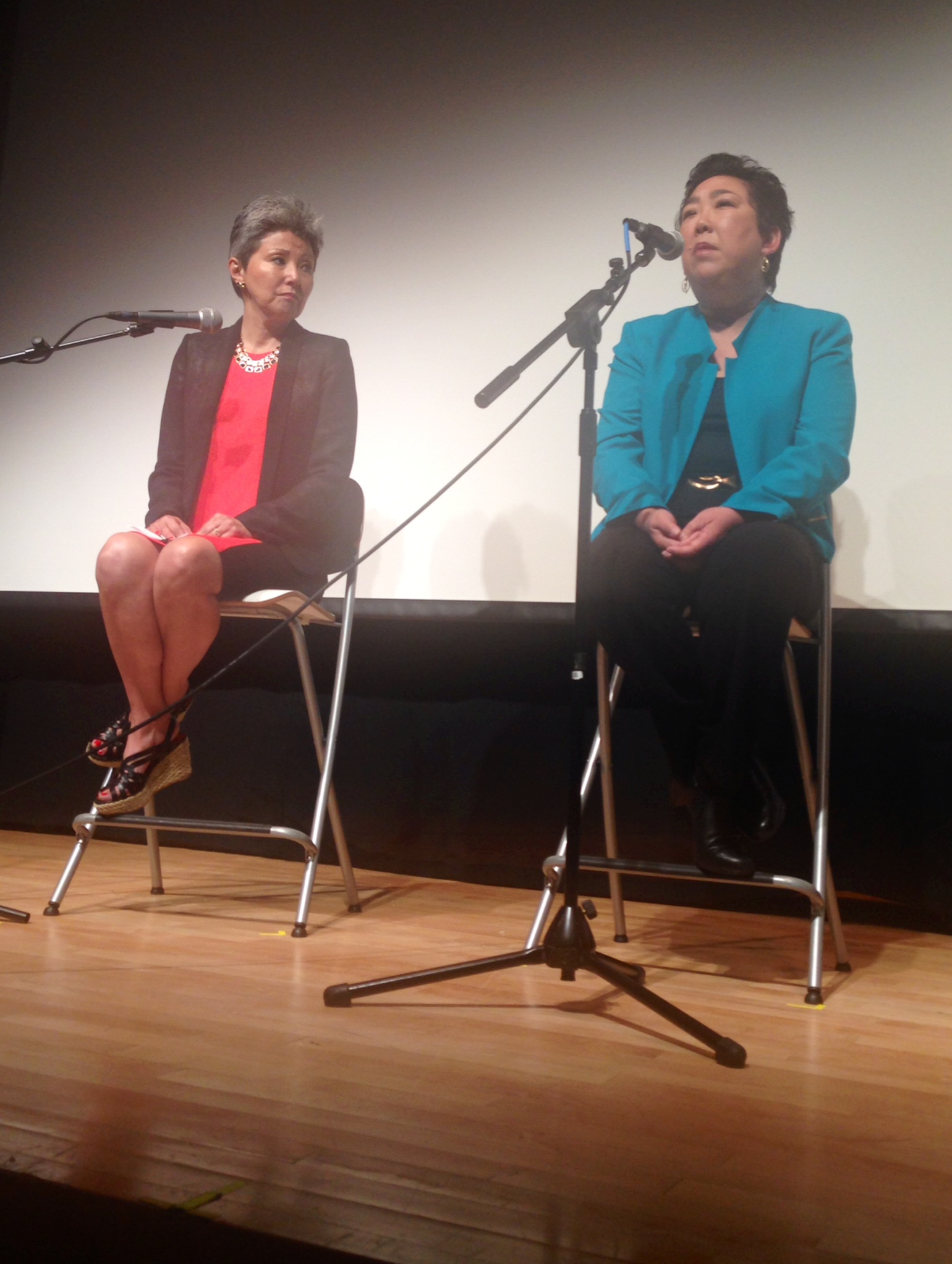
Debra Nakatomi and Dianne Fukami
Perhaps Stories from Tohoku can help move that reinvention forward; the documentary is making an impact. It is being translated into Japanese to expand distribution, and the filmmakers are entering it in film festivals. In fact, Stories from Tohoku was recently accepted to be screened during the Asian American International Film Festival in New York on July 27.
Fukami recently returned from Japan, where she screened the film in Tokyo, at Miyagi University, and for volunteers in the devastated town of Ishinomaki. During those screenings Fukami realized thatStories from Tohoku can teach the Japanese something about the US.
“Young people had never learned about the Japanese American experience in World War II,” says Fukami, so listening to Paul Terasaki and other Japanese Americans from California was eye-opening for them.
The doll maker in the film, Mrs. Abe, had the opportunity to visit another Mrs. Abe, the Japanese Prime Minister’s wife because someone who saw the documentary was touched by her story. Through Fukami’s company, Media Bridges, people are able to purchase Mrs. Abe’s dolls, with the proceeds going to rebuilding a school in Ishinomaki and to a new shop run by the Fukushima farmer featured in the documentary.
The filmmakers continue to keep in contact with the subjects of their film, but there are no plans for a sequel to Stories from Tohoku. The two are now in pre-production for a documentary on the life of former Secretary of Transportation Norman Mineta.
This article originally appeared on partner website JapanCulture•NYC
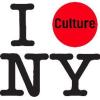
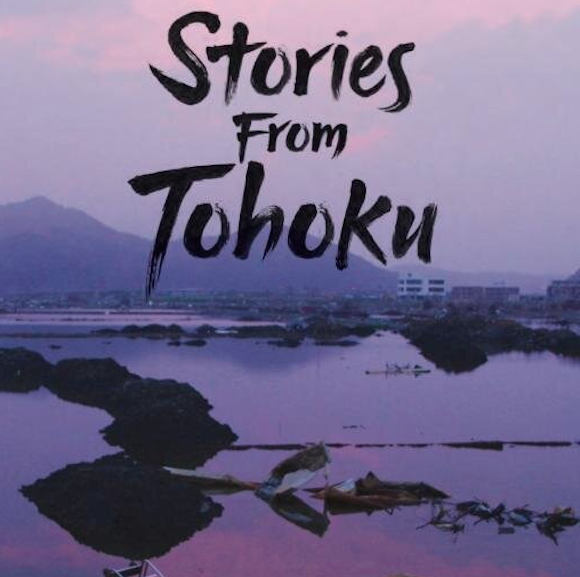
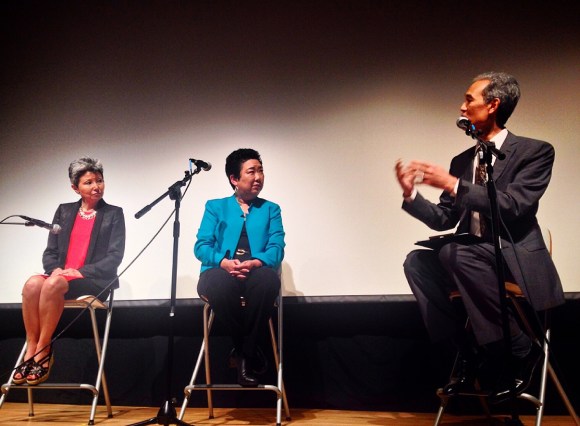
 Toronto Film Festival to host North American premiere of Princess Kaguya, Ghibli documentary
Toronto Film Festival to host North American premiere of Princess Kaguya, Ghibli documentary Japanese film “Behind THE COVE” defends whaling and dolphin-hunting, screens in the U.S.【Video】
Japanese film “Behind THE COVE” defends whaling and dolphin-hunting, screens in the U.S.【Video】 South Korean ferry disaster to be turned into low-budget documentary next year
South Korean ferry disaster to be turned into low-budget documentary next year Queer Japan documentary Kickstarter reaches goal
Queer Japan documentary Kickstarter reaches goal Studio Ghibli producer dishes the dirt on Hayao Miyazaki, Your Name, and their next big project
Studio Ghibli producer dishes the dirt on Hayao Miyazaki, Your Name, and their next big project “Mt. Fuji convenience store” issues apology for bad tourist manners, adds multilingual signs
“Mt. Fuji convenience store” issues apology for bad tourist manners, adds multilingual signs Studio Ghibli releases new mug and tumbler collection featuring Jiji and Totoro
Studio Ghibli releases new mug and tumbler collection featuring Jiji and Totoro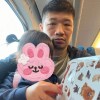 A guide to riding the Shinkansen bullet train with a terrible-twos kid
A guide to riding the Shinkansen bullet train with a terrible-twos kid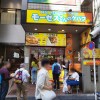 The best kebab in Tokyo? We find out if Moses in Shibuya lives up to the hype
The best kebab in Tokyo? We find out if Moses in Shibuya lives up to the hype Studio Ghibli unveils new goods that tip the hat to The Cat Returns
Studio Ghibli unveils new goods that tip the hat to The Cat Returns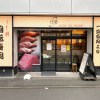 Is the absolute closest conveyor belt sushi to Akihabara Station any good? Let’s find out!
Is the absolute closest conveyor belt sushi to Akihabara Station any good? Let’s find out!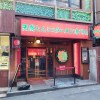 How to make a secret rice bowl at Ichiran ramen
How to make a secret rice bowl at Ichiran ramen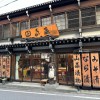 Cheap Japanese ryokan at Kusatsu Onsen is hidden at the back of a traditional store
Cheap Japanese ryokan at Kusatsu Onsen is hidden at the back of a traditional store Tokyo sweets store sells beautiful soft serve ice creams that look like works of art
Tokyo sweets store sells beautiful soft serve ice creams that look like works of art To combat declining birth rate, Japan to begin offering “Breeding Visas” to foreigners
To combat declining birth rate, Japan to begin offering “Breeding Visas” to foreigners McDonald’s Japan’s new pancake pie is a taste sensation
McDonald’s Japan’s new pancake pie is a taste sensation Bad tourist manners at Mt Fuji Lawson photo spot prompts Japanese town to block view with screens
Bad tourist manners at Mt Fuji Lawson photo spot prompts Japanese town to block view with screens FUK COFFEE?!? Japanese cafe has a perfectly innocent reason for its startling-looking name
FUK COFFEE?!? Japanese cafe has a perfectly innocent reason for its startling-looking name One of Japan’s oldest castles now lets travelers spend night on the grounds, drink in its keep
One of Japan’s oldest castles now lets travelers spend night on the grounds, drink in its keep Foreigner’s request for help in Tokyo makes us sad for the state of society
Foreigner’s request for help in Tokyo makes us sad for the state of society Two things to do, and two things not to do, when leaving a traditional Japanese inn
Two things to do, and two things not to do, when leaving a traditional Japanese inn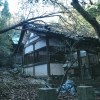 Japan has nearly 4 million abandoned homes, but where and why?
Japan has nearly 4 million abandoned homes, but where and why? McDonald’s new Happy Meals offer up cute and practical Sanrio lifestyle goods
McDonald’s new Happy Meals offer up cute and practical Sanrio lifestyle goods Our Japanese reporter visits Costco in the U.S., finds super American and very Japanese things
Our Japanese reporter visits Costco in the U.S., finds super American and very Japanese things Japanese ramen restaurants under pressure from new yen banknotes
Japanese ramen restaurants under pressure from new yen banknotes All-you-can-drink Starbucks and amazing views part of Tokyo’s new 170 meter-high sky lounge
All-you-can-drink Starbucks and amazing views part of Tokyo’s new 170 meter-high sky lounge More foreign tourists than ever before in history visited Japan last month
More foreign tourists than ever before in history visited Japan last month Disney princesses get official manga makeovers for Manga Princess Cafe opening in Tokyo
Disney princesses get official manga makeovers for Manga Princess Cafe opening in Tokyo French Fries Bread in Tokyo’s Shibuya becomes a hit on social media
French Fries Bread in Tokyo’s Shibuya becomes a hit on social media Sales of Japan’s most convenient train ticket/shopping payment cards suspended indefinitely
Sales of Japan’s most convenient train ticket/shopping payment cards suspended indefinitely Sold-out Studio Ghibli desktop humidifiers are back so Totoro can help you through the dry season
Sold-out Studio Ghibli desktop humidifiers are back so Totoro can help you through the dry season Japanese government to make first change to romanization spelling rules since the 1950s
Japanese government to make first change to romanization spelling rules since the 1950s Ghibli founders Toshio Suzuki and Hayao Miyazaki contribute to Japanese whisky Totoro label design
Ghibli founders Toshio Suzuki and Hayao Miyazaki contribute to Japanese whisky Totoro label design Tokyo’s most famous Starbucks is closed
Tokyo’s most famous Starbucks is closed Doraemon found buried at sea as scene from 1993 anime becomes real life【Photos】
Doraemon found buried at sea as scene from 1993 anime becomes real life【Photos】 One Piece characters’ nationalities revealed, but fans have mixed opinions
One Piece characters’ nationalities revealed, but fans have mixed opinions We asked a Uniqlo employee what four things we should buy and their suggestions didn’t disappoint
We asked a Uniqlo employee what four things we should buy and their suggestions didn’t disappoint Women speak out about sexual violence after Great East Japan Earthquake
Women speak out about sexual violence after Great East Japan Earthquake Great East Japan Earthquake: Commemorate eight years and donate with a search on Yahoo! Japan
Great East Japan Earthquake: Commemorate eight years and donate with a search on Yahoo! Japan Eva tie-wearing Japanese minister resigns after saying “it’s a good thing the tsunami hit Tohoku”
Eva tie-wearing Japanese minister resigns after saying “it’s a good thing the tsunami hit Tohoku” Film about Japanese-Russian POW romance gets crowdfunding project for screening in Russia
Film about Japanese-Russian POW romance gets crowdfunding project for screening in Russia Sword of one of Japan’s last samurai discovered in house in America
Sword of one of Japan’s last samurai discovered in house in America Sword enthusiasts, here’s the katana documentary you won’t want to miss! 【Video】
Sword enthusiasts, here’s the katana documentary you won’t want to miss! 【Video】 The Boy and the Beast film debuts at #1, earns 667 million yen in 1st weekend
The Boy and the Beast film debuts at #1, earns 667 million yen in 1st weekend Tohoku aid charity Knit For Japan attempts world record blanket
Tohoku aid charity Knit For Japan attempts world record blanket Japan: Guilty Until Proven Innocent documentary shines light on controversial legal system【Video】
Japan: Guilty Until Proven Innocent documentary shines light on controversial legal system【Video】 Heartwarming video tells the story of a blind man and his armless friend who planted a forest
Heartwarming video tells the story of a blind man and his armless friend who planted a forest New matcha Pocky from Japan is a heavenly treat for green tea lovers
New matcha Pocky from Japan is a heavenly treat for green tea lovers Champion figure skater Yuzuru Hanyu to make on-screen acting debut as samurai lord!
Champion figure skater Yuzuru Hanyu to make on-screen acting debut as samurai lord! Video documentary explores the Essence of Humanity in the film works of Hayao Miyazaki【Video】
Video documentary explores the Essence of Humanity in the film works of Hayao Miyazaki【Video】 3.11 survivors share what items they really needed during the aftermath of the disaster
3.11 survivors share what items they really needed during the aftermath of the disaster Geminoid F: Japan’s android actress with a starring role in a new film 【Video】
Geminoid F: Japan’s android actress with a starring role in a new film 【Video】
Leave a Reply